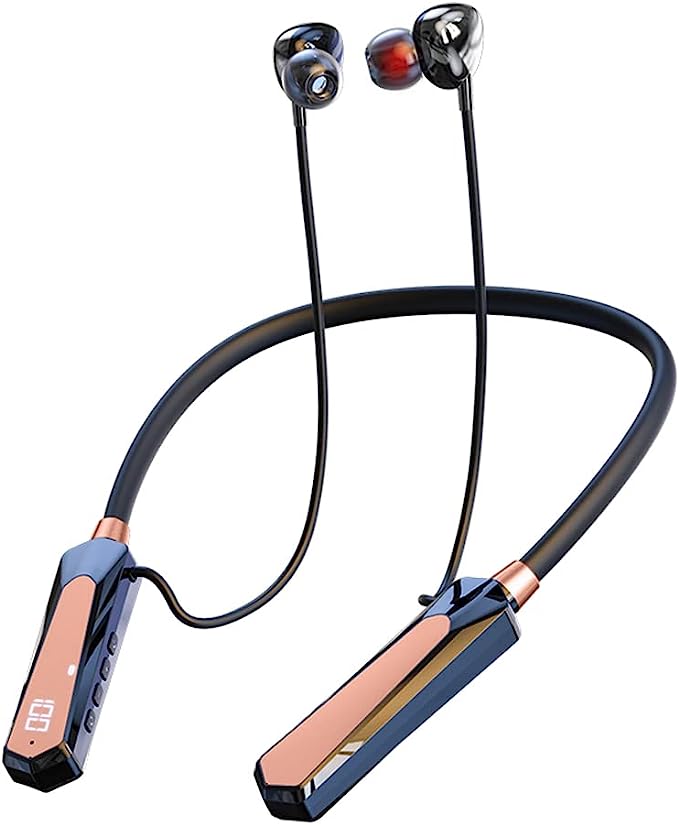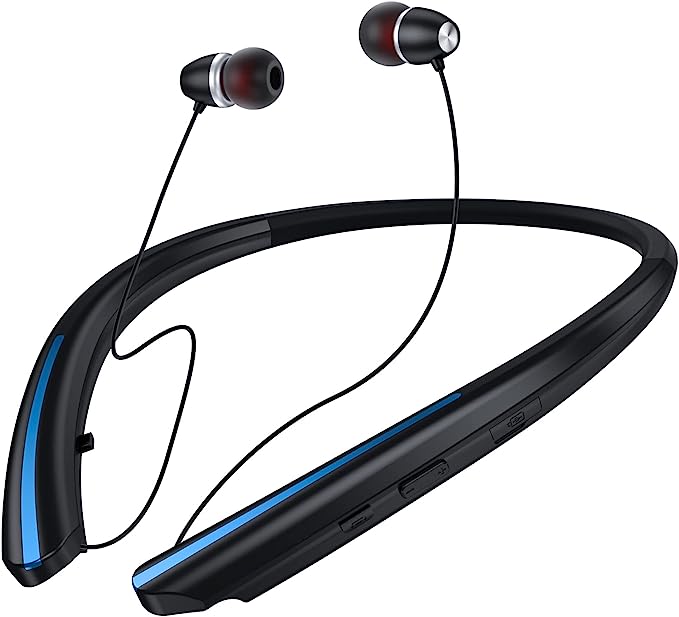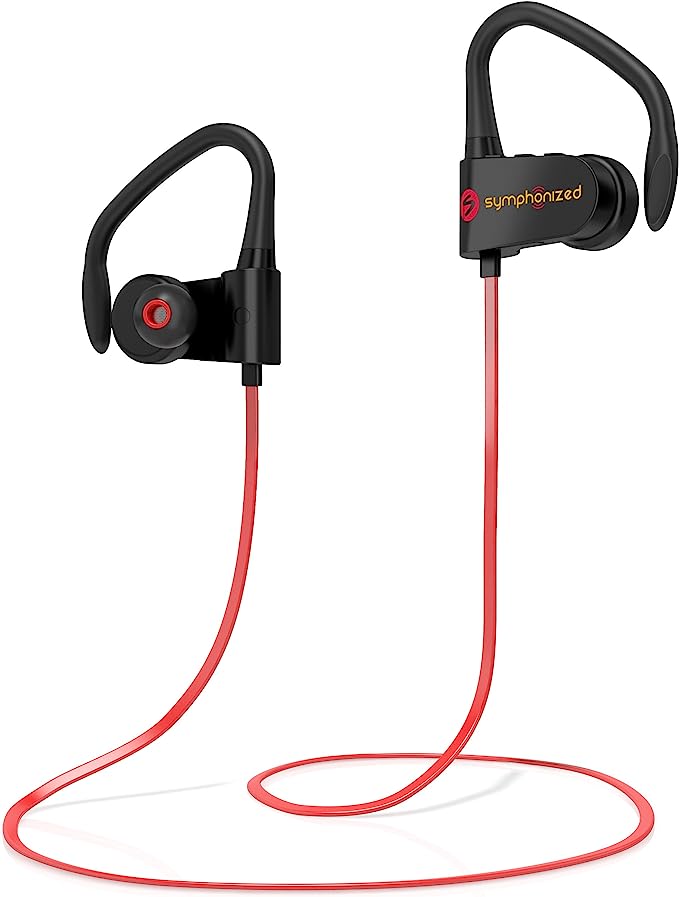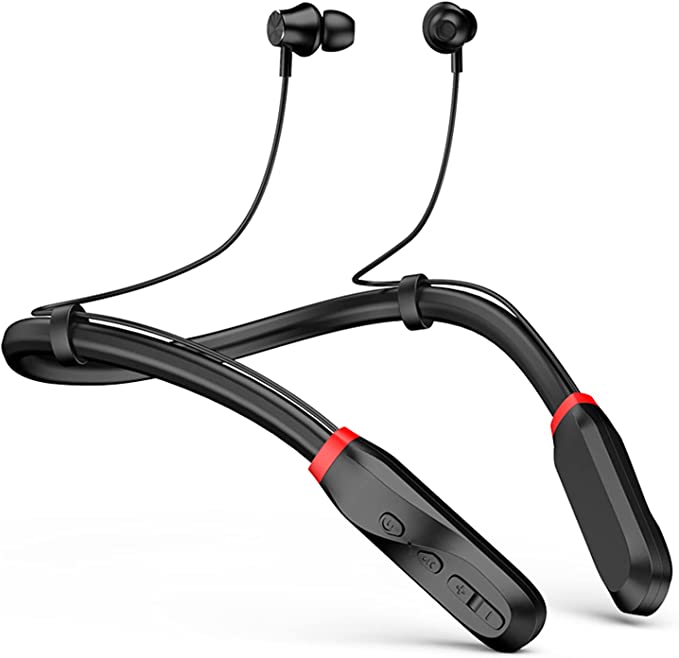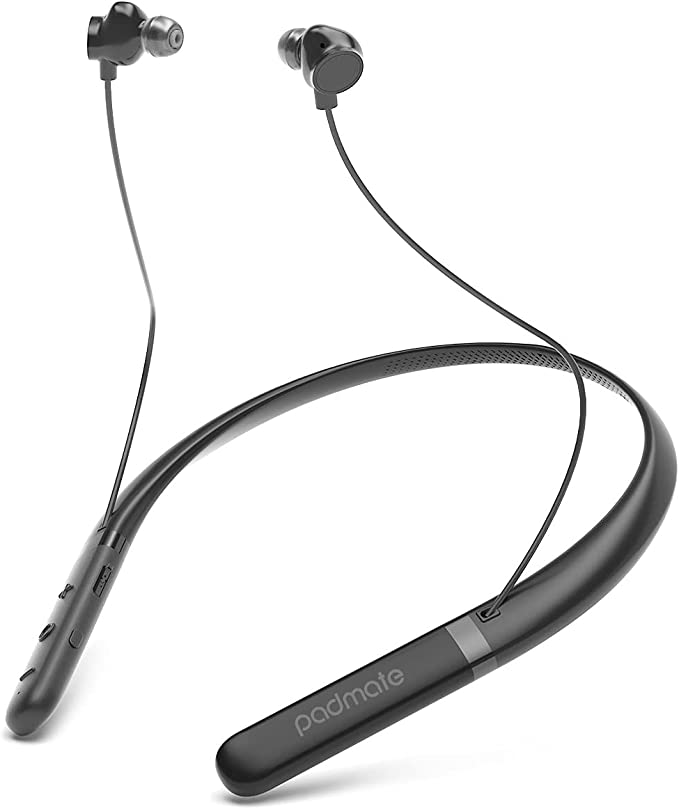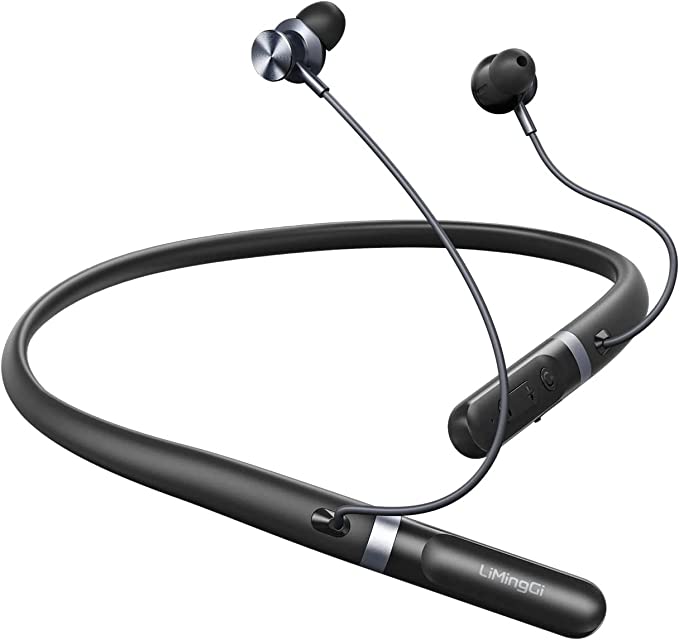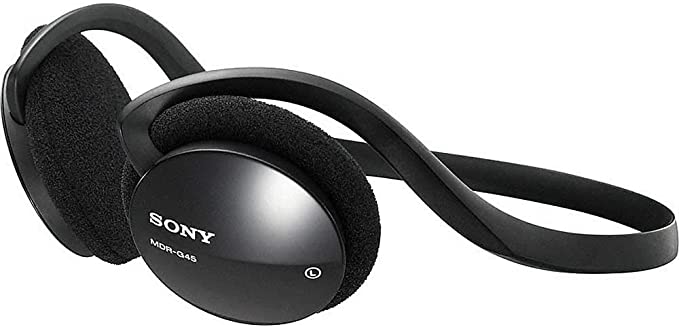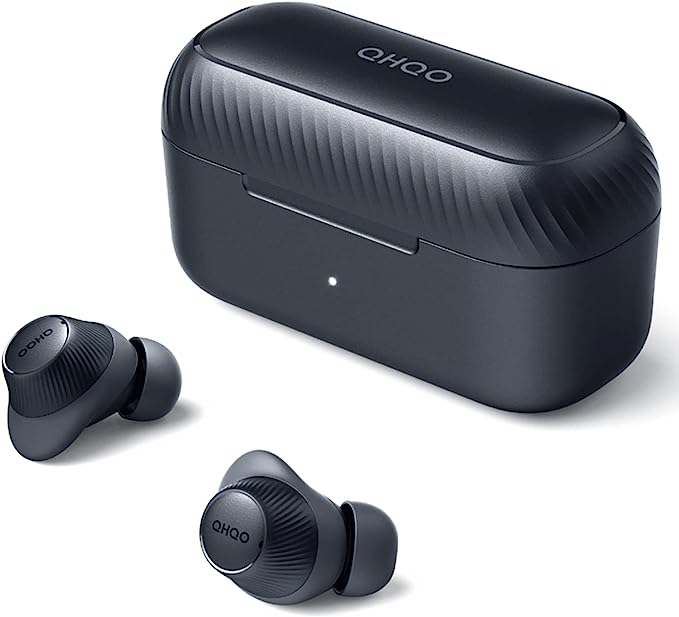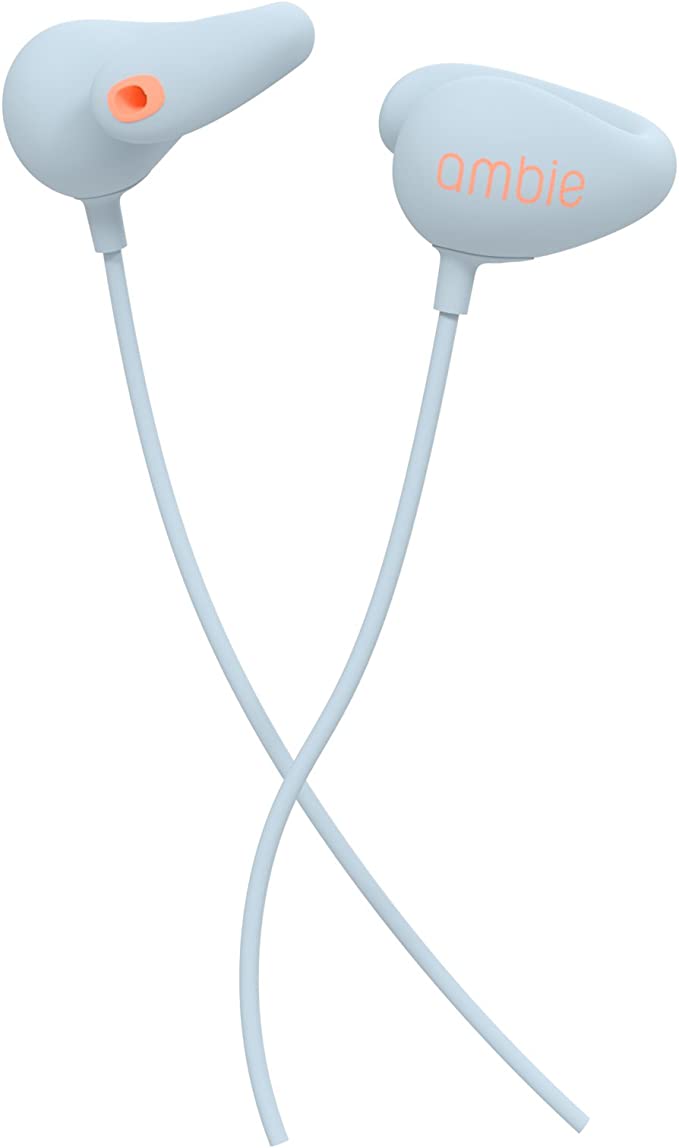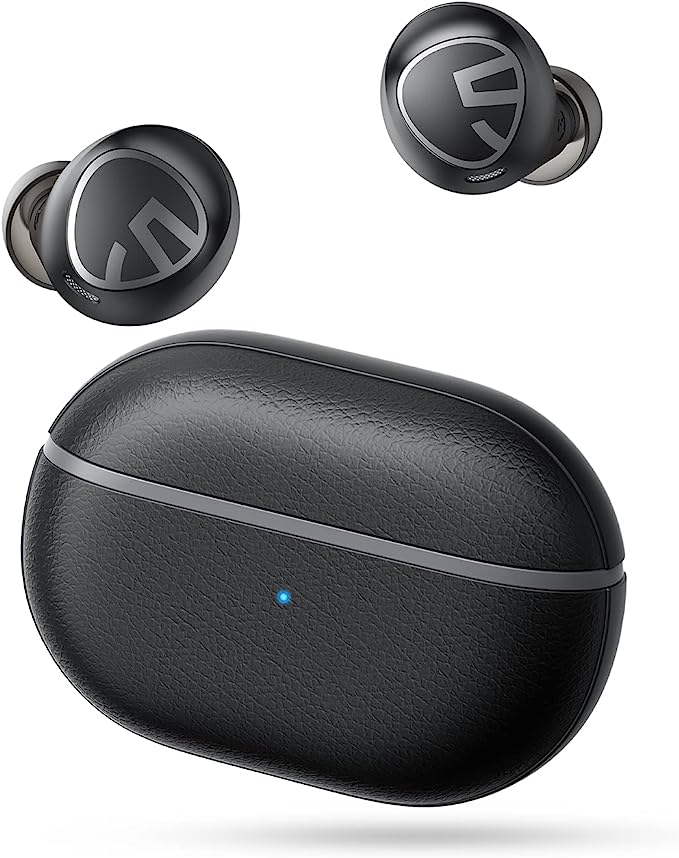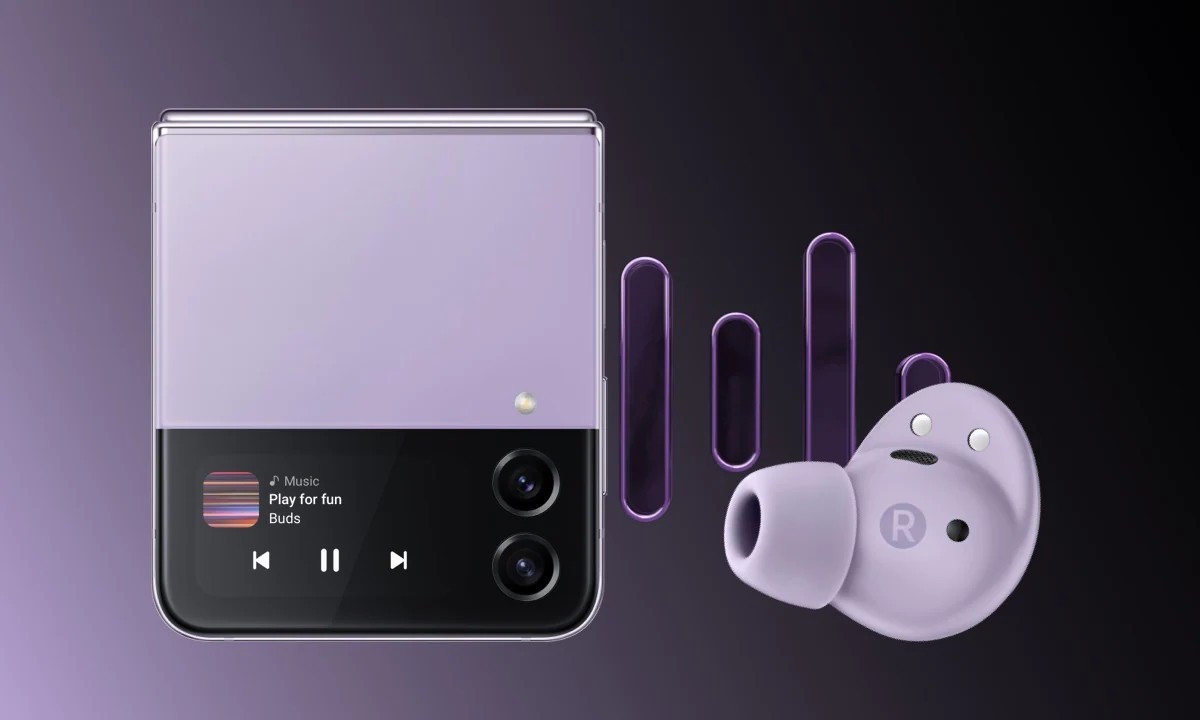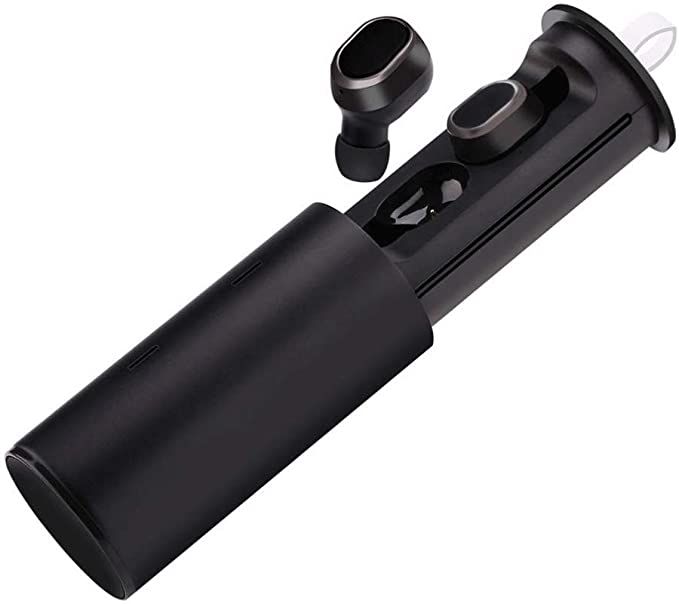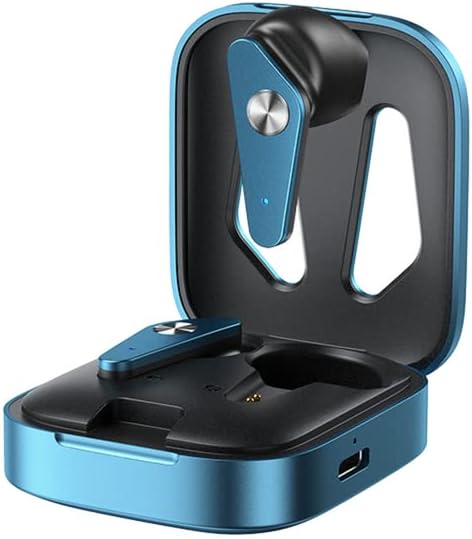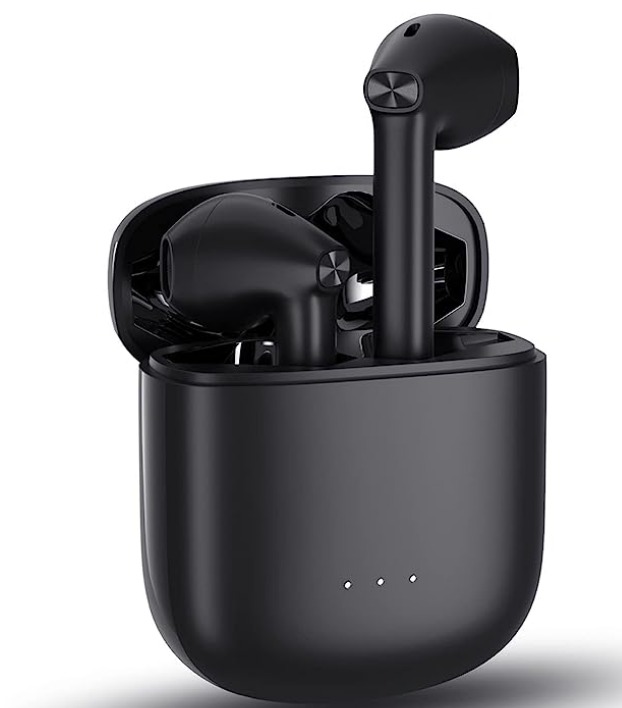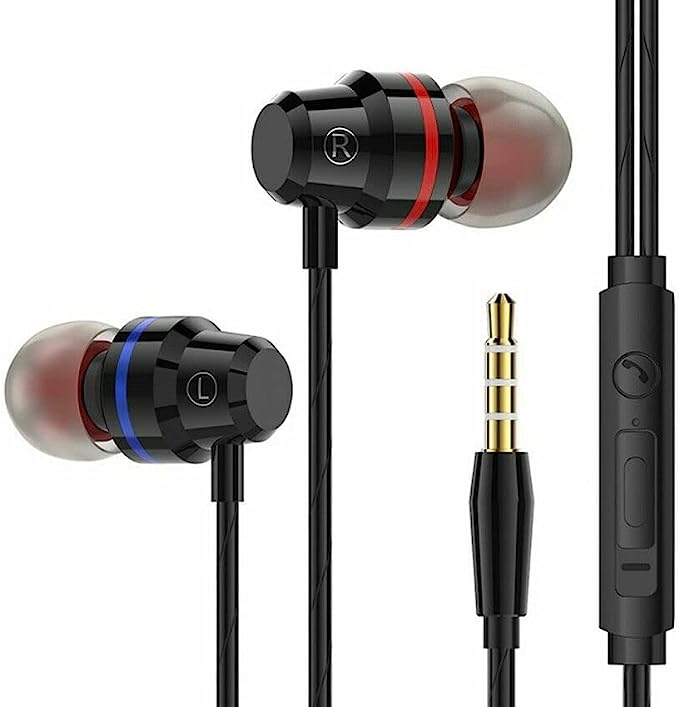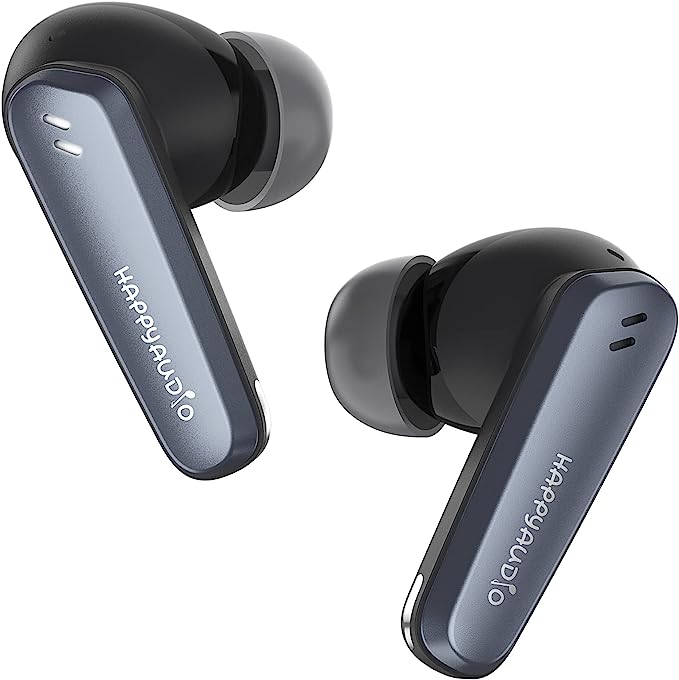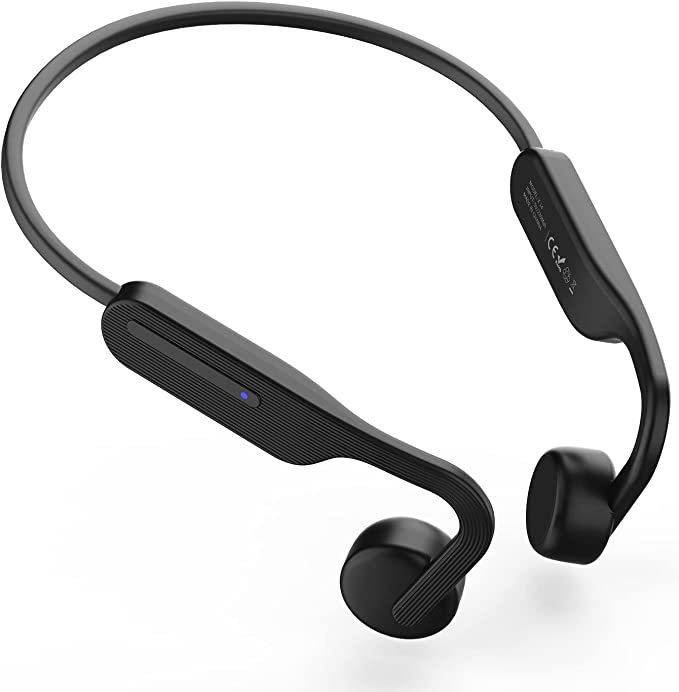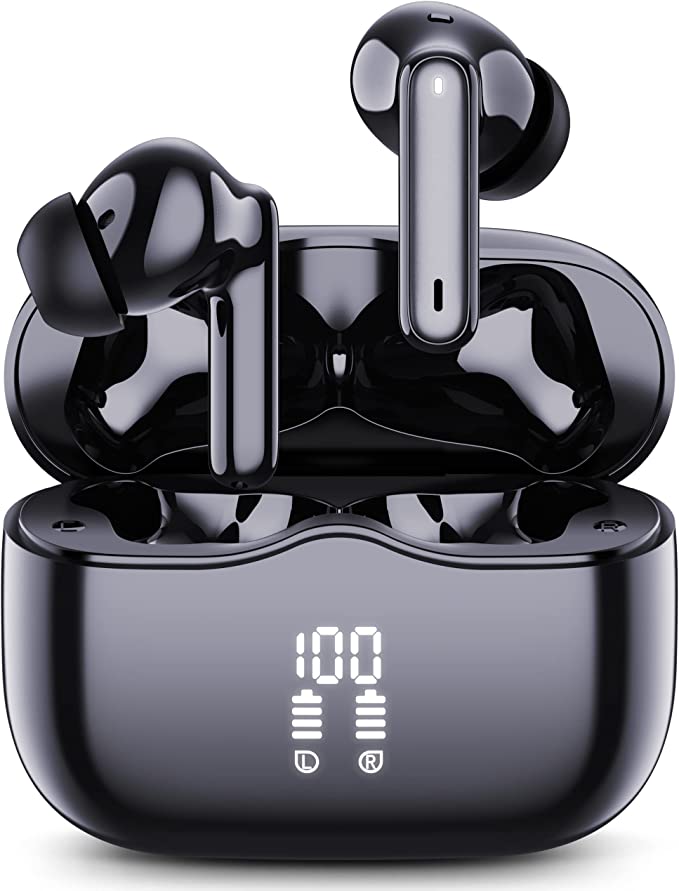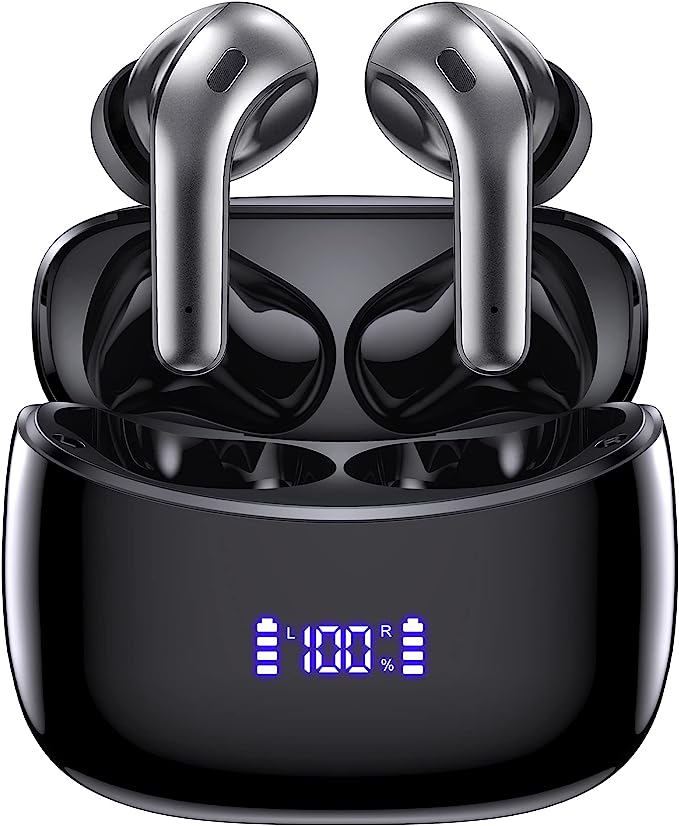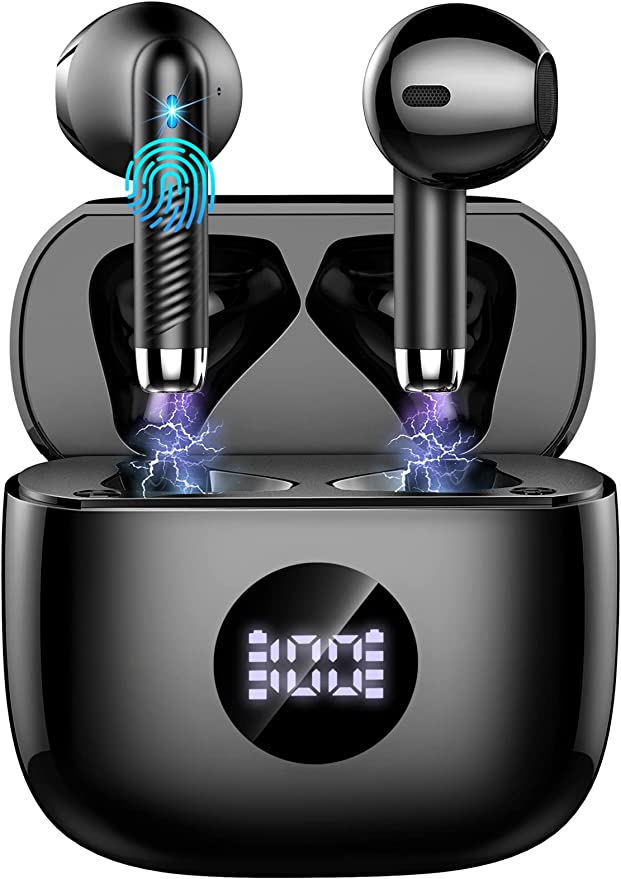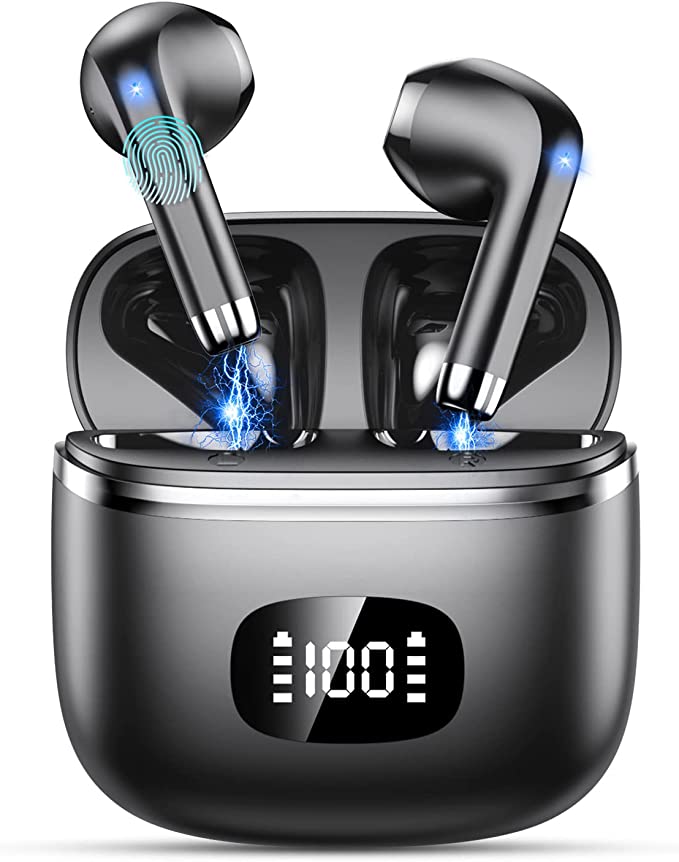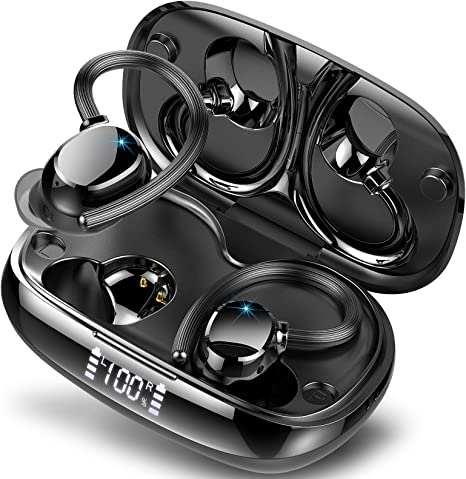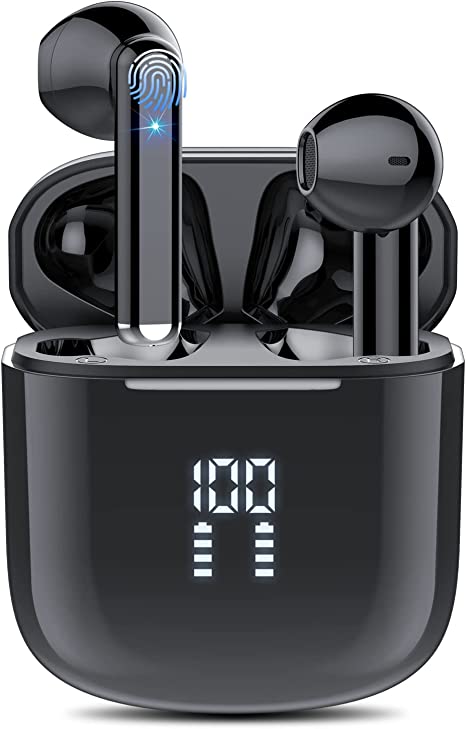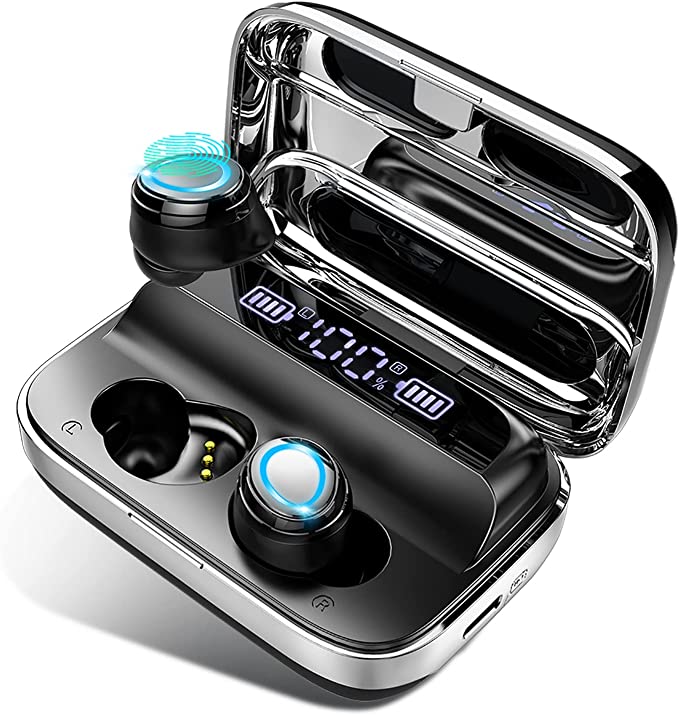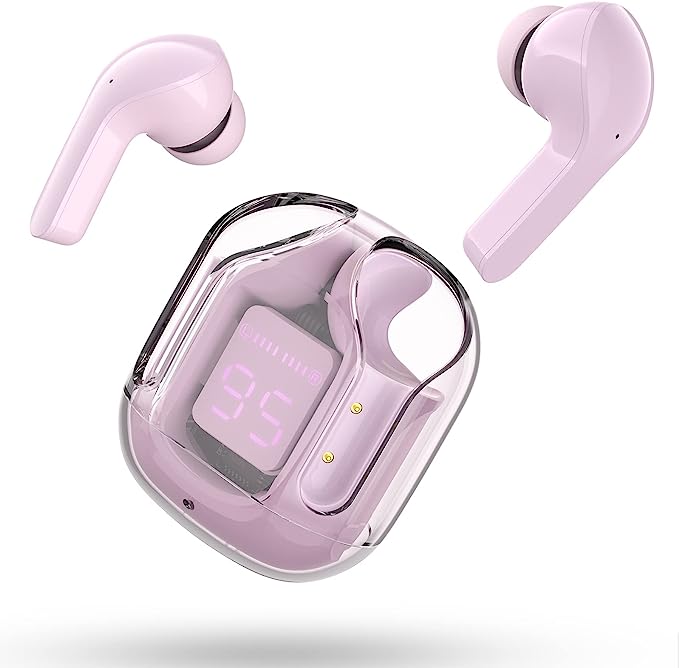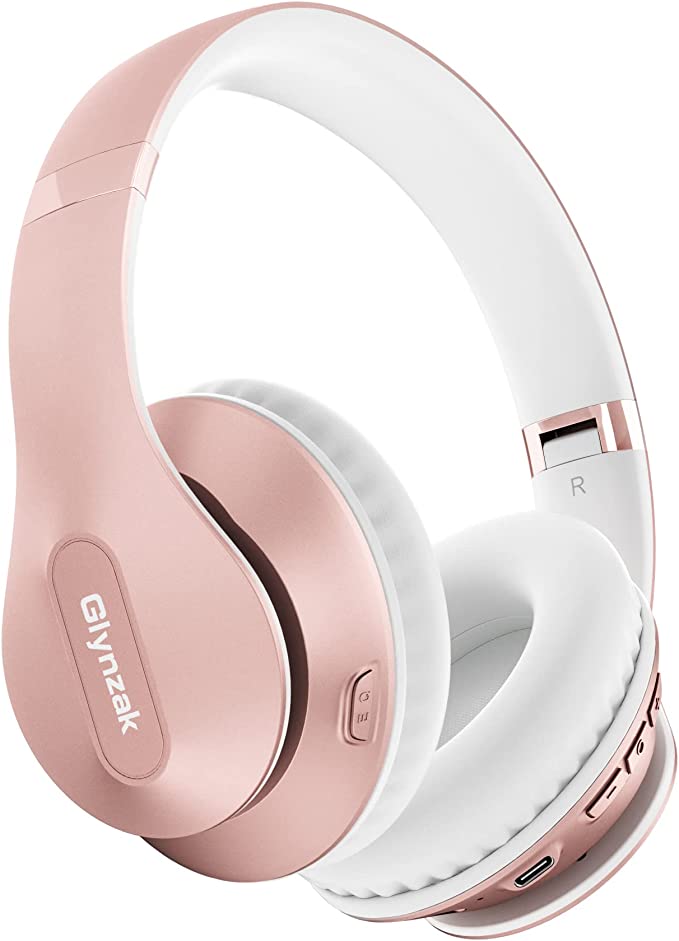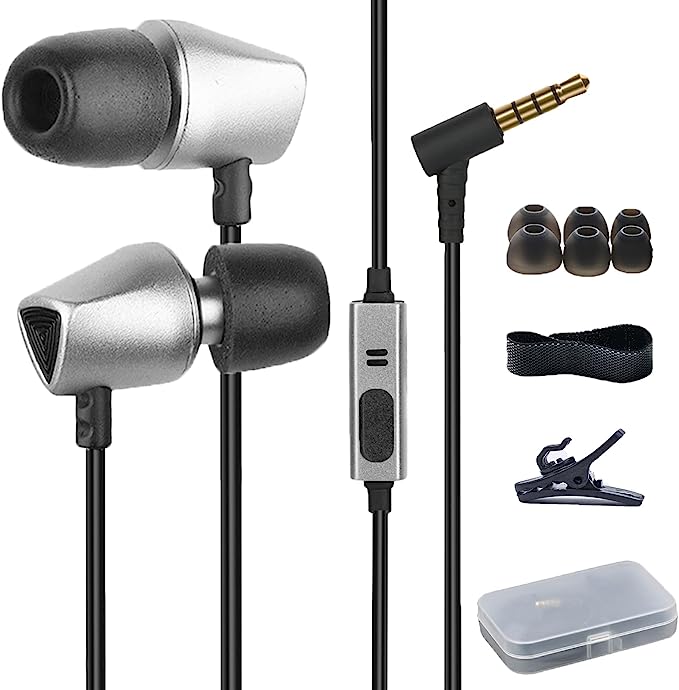EXFIT BCS-700 Wireless Neckband Headphones: Clear Calls & Comfortable Listening
Update on July 24, 2025, 7:07 a.m.
The air on the wind-whipped steel skeleton of the high-rise is a cacophony of grinding metal and shouted commands. For Mark, a structural engineer, this is his office. His phone buzzes in his pocket, but he doesn’t flinch. He doesn’t fumble with a tiny, slippery case or tap a sequence on an earbud that might or might not register through his work gloves. Instead, his hand moves in a familiar, practiced motion to his collar. A single, fluid pull on a thin wire, and the call connects, crystal clear. The motion is pure muscle memory, an unconscious act of utility. When the call is over, a gentle tug retracts the earbud with a satisfying, soft click. The tool vanishes, ready for its next use.
This small, elegant moment of function is a quiet rebellion. In a world chasing the ethereal ideal of true wireless—a future of invisible, jewel-like pods—a parallel evolution has been perfecting a different, more grounded virtue: uncompromising reliability. The neckband headphone, a form factor often overlooked in the race for minimalism, has become the standard-bearer for a design philosophy where practicality, endurance, and resilience are the ultimate goals. Devices like the EXFIT BCS-700 are not artifacts of a bygone era; they are highly refined instruments, engineered for those whose lives demand technology that simply works.

The Physics of a Flawless Conversation
For professionals like Mark, a dropped call or a misunderstood instruction isn’t an inconvenience; it can be a costly, even dangerous, error. This is where the unseen science inside the neckband truly asserts its value. The promise of HD Voice is not a marketing gimmick; it is a fundamental upgrade in audio information. Standard telephony, a relic of old copper wires, compresses the human voice into a narrow channel of about 300 Hz to 3.4 kHz. This is why phone calls traditionally sound flat and distant. HD Voice, adhering to wideband audio standards like the ITU-T G.722, expands that channel dramatically, often to 50 Hz to 7 kHz or more. It captures the full harmonic richness of the human voice, making conversations sound present and nuanced. It’s the difference between listening through a wall and being in the same room.
This clarity is delivered through an interface of remarkable simplicity. That single pull to answer a call is a masterstroke of Human-Computer Interaction (HCI). The goal of great HCI is to reduce cognitive load—the amount of mental effort required to use a device. Fumbling for a tiny button, navigating a touch surface, or issuing a voice command all require conscious thought. The BCS-700’s auto-answer function, likely enabled by a tiny Hall effect sensor that detects the wire’s extension, translates a single, deterministic physical action into an immediate digital outcome. It’s an intuitive link between user intent and device function, honed by a legacy of experience; EXFIT’s creators spent over a decade and produced millions of units, perfecting the robust, patented retractable mechanism that makes this interaction possible.

Engineered for the Elements, Not the Showcase
The controlled environment of an office or coffee shop is a fantasy for much of the working world. Technology built for reality must be built to withstand it. The IPX4 rating on the BCS-700 is a codified promise of this resilience. Governed by the International Electrotechnical Commission’s standard 60529, “IP” stands for Ingress Protection. While the ‘X’ denotes no specific rating for dust protection, the ‘4’ is critical: it certifies that the device is protected against splashing water from any direction. This isn’t a license for swimming, but it is a scientifically verified guarantee that sweat from a strenuous workout, a sudden downpour on the way to the train, or the ambient moisture of a demanding worksite will not compromise the electronics within. It is durability by definition.

Yet, survival in a harsh environment requires more than just physical toughness; it demands awareness. Total noise isolation can be a liability when you need to hear a warning shout, an approaching vehicle, or a crucial announcement. This is the duality that the Audio Transparency Mode is engineered to solve. It uses sophisticated, miniature MEMS (Micro-Electro-Mechanical Systems) microphones to actively capture the surrounding soundscape. A dedicated processor then intelligently mixes this ambient audio with your music or call. It doesn’t just let sound leak in; it actively curates your sonic environment, allowing you to maintain critical situational awareness without sacrificing your personal audio stream. It’s a fusion of worlds, engineered for safety and presence.

A Philosophy of Pragmatism
Ultimately, the enduring appeal of the neckband headphone is rooted in a philosophy of pragmatism. In the automotive world, it is the station wagon or the pickup truck—perhaps not as sleek as a sports coupe, but infinitely more useful to those who rely on it to haul, build, and perform. This philosophy is most evident in the approach to battery life. The eight-hour playtime of the BCS-700 is a direct benefit of its form factor. The neckband provides the physical space for a larger lithium-ion battery, a deliberate and practical trade-off that prioritizes all-day endurance over the absolute smallest size. It’s an acknowledgment that a dead headphone, no matter how beautiful, is useless.
This design choice liberates the user from “battery anxiety” and the constant ritual of docking and charging tiny individual buds. It caters to a user who measures a day in hours of productivity, not in charging cycles. It is a quiet declaration that technology should adapt to the rhythm of a human life, not the other way around.

The call ends. The earbud retracts into its housing, a small, mechanical act of closure. For a moment, the tool is gone, seamlessly integrated and waiting. The future of personal technology is not a single, monolithic path. While one branch reaches for aesthetic invisibility and ambient computing, another, championed by the unassuming workhorse that is the neckband, digs its roots deep into the rich soil of reliability, function, and user-centered design. It is a powerful, quiet testament to an enduring idea: the most advanced technology is often the one you trust so completely, you cease to think about it at all.
